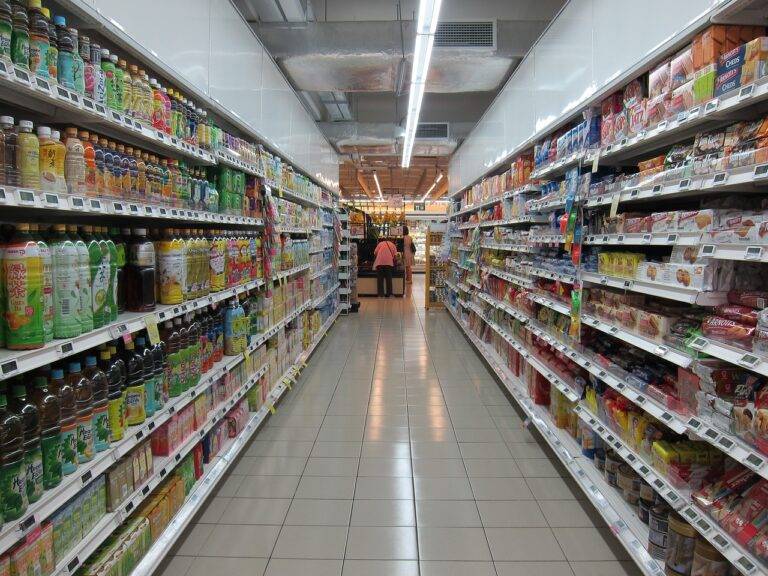Strategies for Building a Sustainable Manufacturing Process
To pinpoint essential areas requiring enhancement, a thorough assessment of current operations is imperative. Initiating a comprehensive review of existing processes, from production methodologies to customer interaction protocols, is critical in identifying potential bottlenecks. By incorporating feedback from employees and stakeholders, a holistic perspective can be attained, aiding in the identification of inefficiencies and shortcomings that may be impeding overall performance.
Moreover, leveraging data analytics tools can offer valuable insights into areas of operations that may necessitate refinement. By closely examining key performance indicators and trend analyses, patterns and discrepancies may emerge, highlighting specific facets that require attention. This analytical approach, coupled with a nuanced understanding of industry benchmarks and best practices, can guide organizations in strategically prioritizing areas for improvement to drive sustainable growth and operational excellence.
Analyzing Current Resource Consumption
In today’s fast-paced world, the importance of analyzing current resource consumption cannot be overstated. By closely examining how resources are being utilized within a specific system or organization, valuable insights can be gained into areas where improvements can be made. This process allows for a more efficient allocation of resources, ultimately leading to cost savings and reduced environmental impact.
Effective analysis of resource consumption involves tracking and monitoring various aspects such as energy usage, raw materials, labor, and other inputs. By identifying patterns and trends in resource consumption, decision-makers can pinpoint areas that are inefficient or wasteful. This information serves as a foundation for developing strategies to optimize resource utilization and promote sustainability in the long run.





